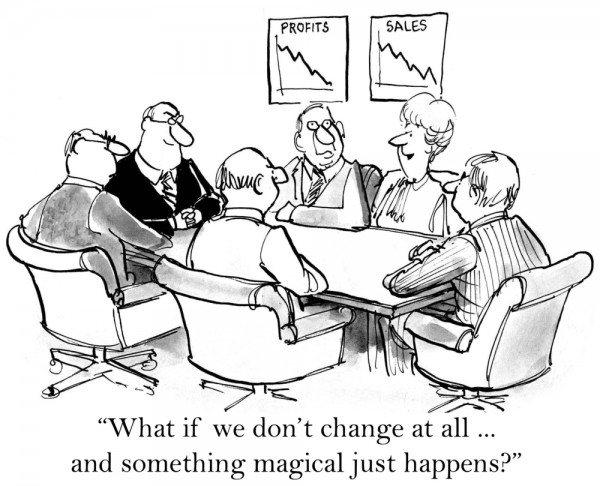In my book “Theory You” I note the powerful change in American business as more and more women emerge in new and key roles. Female headed households have now become the majority and 42% of all US households have dual earners. There are more and more women entrepreneurs in the past twenty years than ever before including a dramatic rise in developing economies where women represent 45.5% of the entrepreneurial class. In the US 30% of US firms are majority owned by women. And women represent over 50% of the talent pool in this country. One of the benefits of this surge is the rise of women CEO’s. In the Forbes Magazine article naming the Top 50 Most Powerful Women in Business 8 of the top 10 female CEO’s run large industrial, tech, and consumer product companies. As recently as 1998 per the Forbes article women CEO’s were mostly limited to creative industries such as advertising and publishing. Today women lead major companies such as IBM and General Motors. The 2005 Catalyst Census of Women indicates that women hold 14.7% of all Board seats on the Fortune 500 company boards.
As a marketer I’ve been aware of the power of women in the marketplace for a long time. Women control over 83% of direct consumer spending in this country. Women own over one-half of all public stock. Political strategists have been aware of the power of the female vote for years. Universities receive and accept more female applications than male for their MBA programs. In simple terms the world has changed, and will continue to change.
Given all of the above, women in business still face challenges that should not exist in this day and age. Both President Obama in his campaign rhetoric and Facebook COO Sheryl Sandberg in her book “Lean In” point out the salary gap that still remains for women in business. Women are paid $.77 per $1.00 earned by men. The US Census Bureau also highlights the earning discrepancy between men and women. I’m reminded of the line from a famous Bob Dylan song: “How many roads must…how many years must… ” before we see equality in pay checks.
As more and more women grow into owning successful businesses and reaching the executive floor things will change for the better for all women. One outgrowth will be a better support system for women and a better mentoring pool. This is another challenge women in business face as they pursue their goals. I’m encouraged on this front based upon a few experiences from my teaching days. I witnessed a wonderful support system among the women in my classes and my hope was it would continue as they entered the world of business. A number of schools have tremendous alumni support systems and over the years a great number of contacts, jobs, deals, mergers and contracts have emerged from the old school ties.
The time has come for gender inequality to come to an end. A good manager wants to assist his / her people to grow and contribute to the success of the company. A good manager fights for his / her people and does their best to insure they are not treated unfairly in the company. Every good manager should assume two goals:
- Work to insure every person reporting to them is paid fairly and equally within the company.
- Work to insure every person reporting to them has a fair shot at being promoted even if it means moving to another department, division or company within the corporation.
Managers who fail on these two fronts are not good managers. No discussion. This is 2015, not 1915.







Leave A Comment